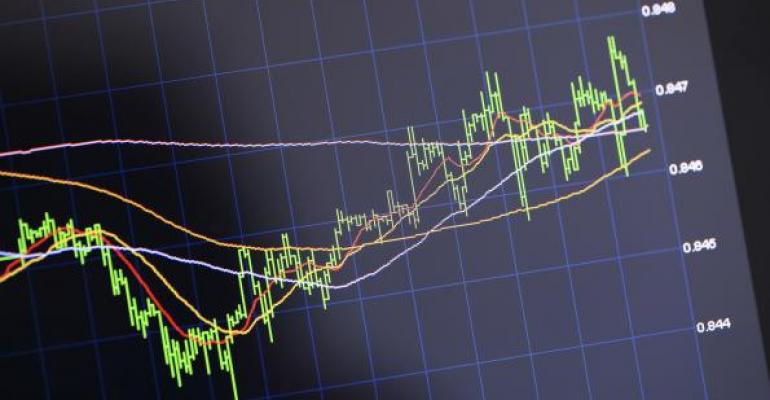Our new president is a product of reality TV. For 13 seasons, he struck fear in the hearts of would-be apprentices, threatening to fire them for real or imagined failings. Reality TV fans may well remember another program even more explicitly based on trepidation. Fear Factor, originally aired from 2001 to 2006, compelled contestants to face their fears of heights, creepy crawlies and other dreadful challenges as they competed for cash prizes.
Investors face their fair share of fear factors too. Chief among them is volatility. Statistically, volatility is the degree of dispersion in the returns of a given security or market index. Practically, it’s the tendency toward rapid and unpredictable change, especially for the worse.
The most widely followed fear metric for investors is the CBOE S&P 500 Volatility Index (CBOE: VIX) which reflects the near-term volatility expectations embedded in option prices. It’s fine as a sentiment barometer, but isn’t investable itself. Not directly, anyway.
You can invest in relative volatility through the PowerShares S&P 500 High Beta ETF (NYSE Arca: SPHB), though. SPHB is composed of the 100 highest beta stocks in the blue chip benchmark. People who invest in SPHB are fearless, at least with respect to volatility. The ETF’s beta since inception is 1.48, making it about half again as volatile as the S&P 500. That’s been good for investors over the past six months. Since August, SPHB has gained more than 22 percent.
Contrast that with SPHB’s stablemate, the PowerShares S&P 500 Low Volatility ETF (NYSE Arca: SPLV). SPLV culls the S&P 500 for 100 stocks with the lowest daily volatility and has, since its 2012 debut, posted a .64 beta. Last year, SPLV and other low-vol strategies were market darlings; not so now. In the past three months, SPLV's has slipped more than 3 percent.
There’s predictive value in the interplay of SPLV’s and SPHB’s price trajectories. Put the ETFs in ratio (SPHB divided by SPLV) and you quickly get a sense of investors’ risk appetite. Notice how, for example, the ratio started slipping in the fall of 2014, presaging the following year’s equity market tumble (circled in the chart below).

That was then; this is now. Presently, investors’ risk appetite is piqued. Perhaps even ravenous, judging by the ratio’s steep current upslope.
There’s no fear here...yet. Near-vertical ascents often induce nosebleeds. It’ll pay to identify an exit strategy should the ratio start wobbling.
Brad Zigler is REP./WealthManagement's Alternative Investments Editor. Previously, he was the head of Marketing, Research and Education for the Pacific Exchange's (now NYSE Arca) option market and the iShares complex of exchange traded funds.

